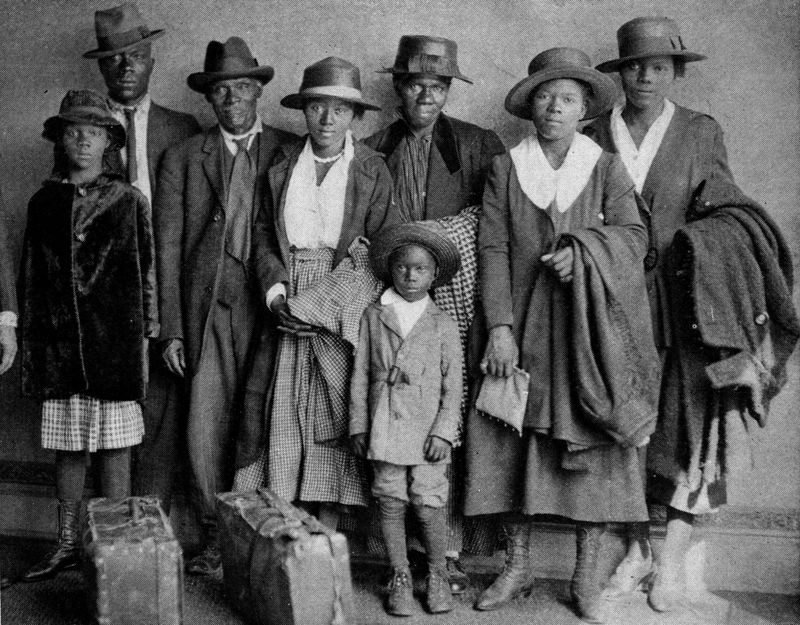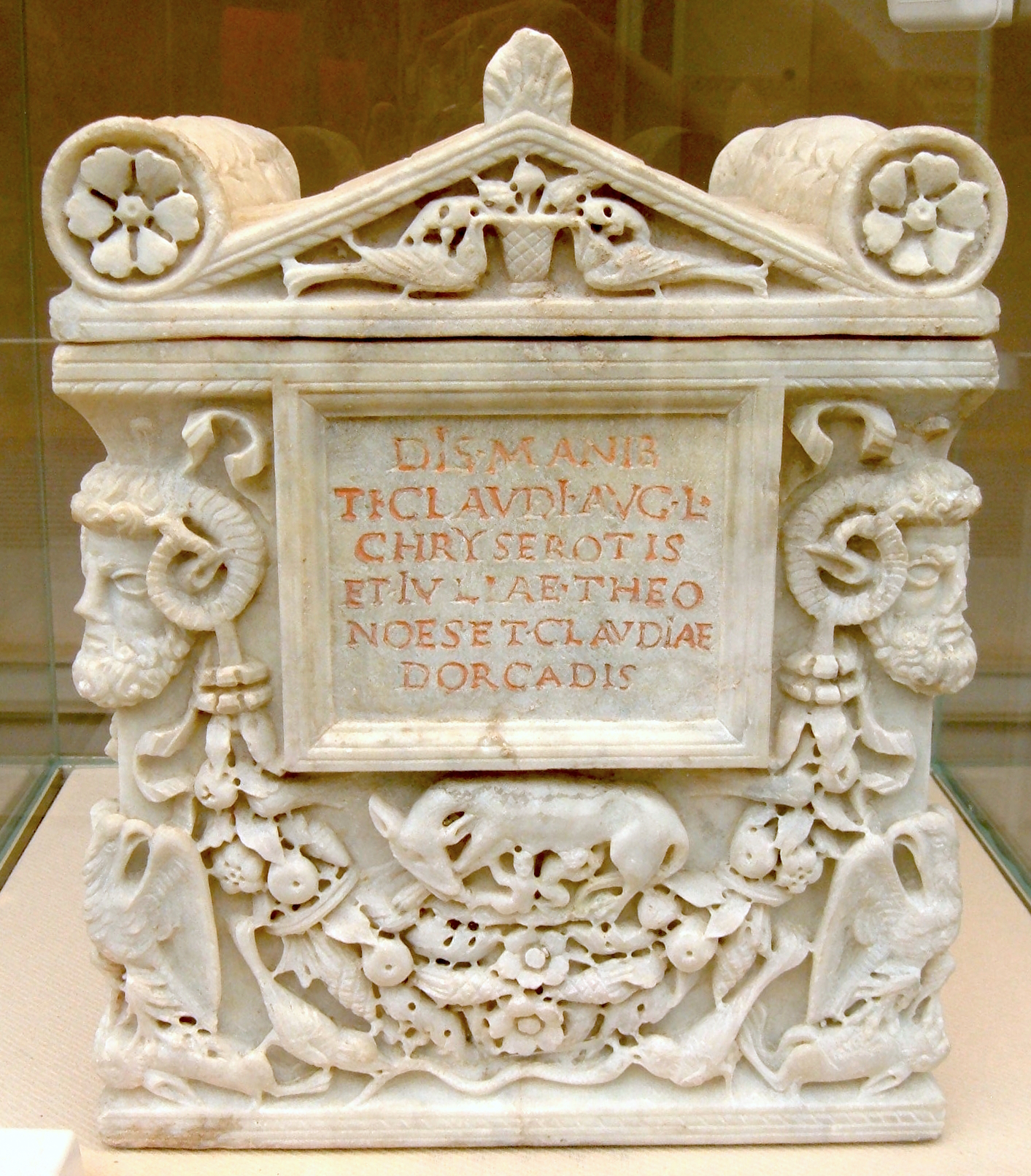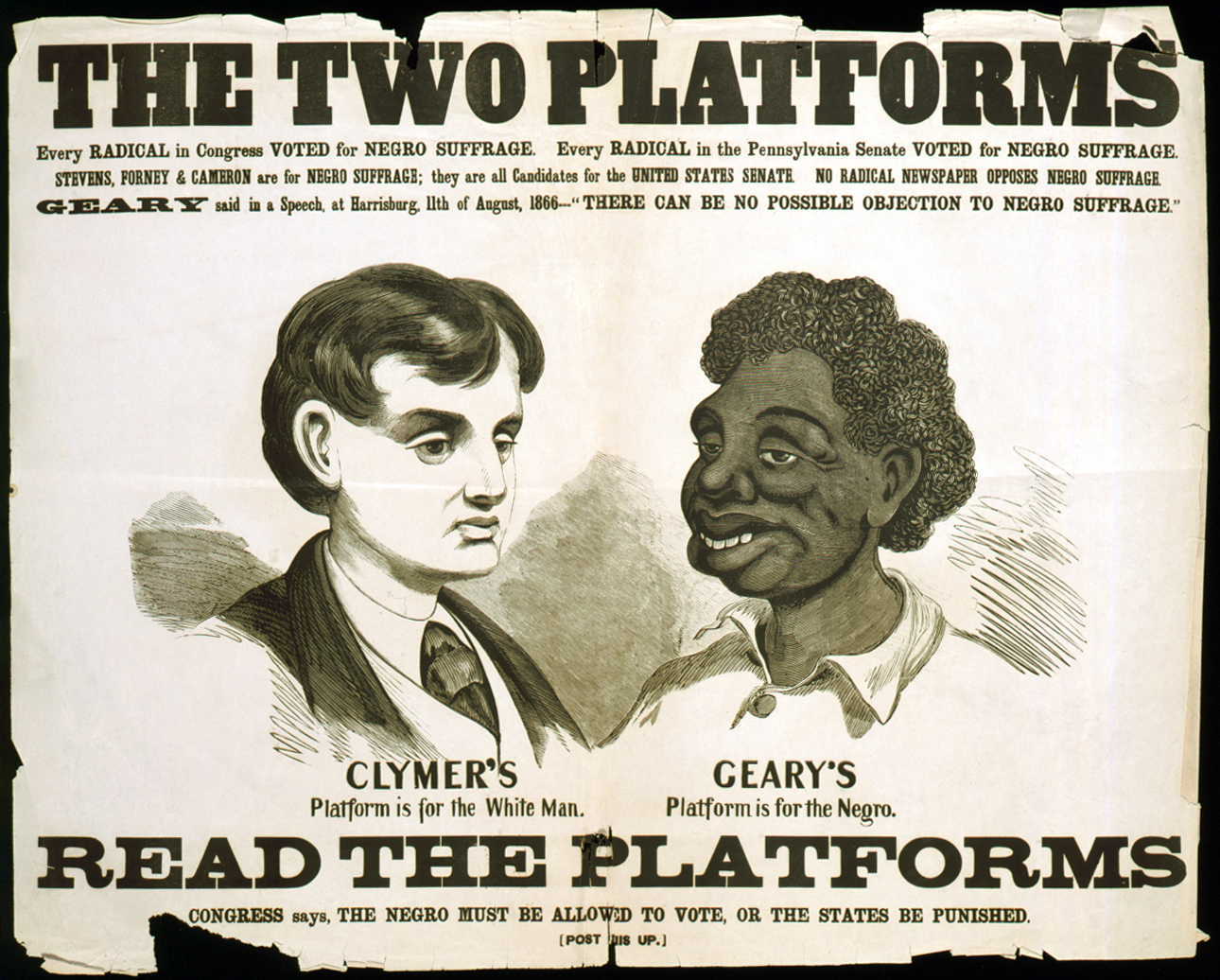|
Greenwood County, South Carolina
Greenwood County is a county located in the U.S. state of South Carolina. As of the 2020 census, its population was 69,351. Its county seat is Greenwood. Among the 22 counties located in the Piedmont of the state, Greenwood County is the largest county within the Greenwood, SC Micropolitan Statistical Area. History In the colonial years, English and Scots traders from Charles Town (later known as Charleston) were the first Europeans to make regular forays into this back country, part of the traditional territory of the Cherokee Nation, which had numerous towns on the upper tributaries of the Savannah River, especially along the Keowee River. Their territory extended into modern western North Carolina, eastern Tennessee and northeastern Georgia. The traders called this route in South Carolina the "Cherokee Path." The trade in deerskins was highly lucrative, and traders passed on information among them about landmarks and the distances to their customers in the Nation. They e ... [...More Info...] [...Related Items...] OR: [Wikipedia] [Google] [Baidu] |
County (United States)
In the United States, a county or county equivalent is an Administrative division, administrative subdivision of a U.S. state, state or territories of the United States, territory, typically with defined geographic Border, boundaries and some level of governmental authority. The term "county" is used in 48 states, while Louisiana and Alaska have functionally equivalent subdivisions called List of parishes in Louisiana, parishes and List of boroughs and census areas in Alaska, boroughs, respectively. Counties and other local governments in the United States, local governments exist as a matter of U.S. state law, so the specific governmental powers of counties may vary widely between the states, with many providing some level of services to civil townships, Local government in the United States, municipalities, and Unincorporated area#United States, unincorporated areas. Certain municipalities are List of U.S. municipalities in multiple counties, in multiple counties. Some municip ... [...More Info...] [...Related Items...] OR: [Wikipedia] [Google] [Baidu] |
Charlotte And South Carolina Railroad
The Charlotte and South Carolina Railroad began in 1852 and operated until 1869, when it was absorbed by Charlotte, Columbia and Augusta Railroad. The line ran between Charlotte, North Carolina, and Columbia, South Carolina. It was the first carrier to serve Mecklenburg County, North Carolina. The railroad was long and its track gauge was . Backers Financed by Charlotte-area businessmen, the building of the Charlotte and South Carolina Railroad has been called the single most important event in Charlotte's economic history. Construction began on the line in 1847. According to a 2001 article in the ''Rock Hill Herald'', "The driving forces were the White Family and Springs family, prominent planters who realized a need for a better way to move the area's commerce." Presence in Rock Hill, SC In the late 1840s, the Charlotte and South Carolina Railroad wanted to expand and build a line that went from southern Charlotte to Columbia, SC. The railroad approached the settlers in t ... [...More Info...] [...Related Items...] OR: [Wikipedia] [Google] [Baidu] |
New Deal
The New Deal was a series of wide-reaching economic, social, and political reforms enacted by President Franklin D. Roosevelt in the United States between 1933 and 1938, in response to the Great Depression in the United States, Great Depression, which had started in 1929. Roosevelt introduced the phrase upon accepting the Democratic Party (United States), Democratic Party's presidential nomination in 1932 before winning the election in a landslide over incumbent Herbert Hoover, whose administration was viewed by many as doing too little to help those affected. Roosevelt believed that the depression was caused by inherent market instability and too little demand per the Keynesian model of economics and that massive government intervention was necessary to stabilize and rationalize the economy. During First 100 days of the Franklin D. Roosevelt presidency, Roosevelt's first hundred days in office in 1933 until 1935, he introduced what historians refer to as the "First New Deal", ... [...More Info...] [...Related Items...] OR: [Wikipedia] [Google] [Baidu] |
Great Depression
The Great Depression was a severe global economic downturn from 1929 to 1939. The period was characterized by high rates of unemployment and poverty, drastic reductions in industrial production and international trade, and widespread bank and business failures around the world. The economic contagion began in 1929 in the United States, the largest economy in the world, with the devastating Wall Street stock market crash of October 1929 often considered the beginning of the Depression. Among the countries with the most unemployed were the U.S., the United Kingdom, and Weimar Republic, Germany. The Depression was preceded by a period of industrial growth and social development known as the "Roaring Twenties". Much of the profit generated by the boom was invested in speculation, such as on the stock market, contributing to growing Wealth inequality in the United States, wealth inequality. Banks were subject to laissez-faire, minimal regulation, resulting in loose lending and wides ... [...More Info...] [...Related Items...] OR: [Wikipedia] [Google] [Baidu] |
Jim Crow
The Jim Crow laws were state and local laws introduced in the Southern United States in the late 19th and early 20th centuries that enforced racial segregation, " Jim Crow" being a pejorative term for an African American. The last of the Jim Crow laws were generally overturned in 1965. Formal and informal racial segregation policies were present in other areas of the United States as well, even as several states outside the South had banned discrimination in public accommodations and voting. Southern laws were enacted by white-dominated state legislatures ( Redeemers) to disenfranchise and remove political and economic gains made by African Americans during the Reconstruction era. Such continuing racial segregation was also supported by the successful Lily-white movement. In practice, Jim Crow laws mandated racial segregation in all public facilities in the states of the former Confederate States of America and in some others, beginning in the 1870s. Jim Crow laws were ... [...More Info...] [...Related Items...] OR: [Wikipedia] [Google] [Baidu] |
Great Migration (African American)
The Great Migration, sometimes known as the Great Northward Migration or the Black Migration, was the movement of six million African Americans out of the rural Southern United States to the urban Northeast, Midwest, and West between 1910 and 1970. It was substantially caused by poor economic and social conditions due to prevalent racial segregation and discrimination in the Southern states where Jim Crow laws were upheld. In particular, continued lynchings motivated a portion of the migrants, as African Americans searched for social reprieve. The historic change brought by the migration was amplified because the migrants, for the most part, moved to the then-largest cities in the United States (New York City, Chicago, Detroit, Los Angeles, San Francisco, Philadelphia, Cleveland, and Washington, D.C.) at a time when those cities had a central cultural, social, political, and economic influence over the United States; there, African Americans established culturally influent ... [...More Info...] [...Related Items...] OR: [Wikipedia] [Google] [Baidu] |
Boll Weevil
The boll weevil (''Anthonomus grandis'') is a species of beetle in the family Curculionidae. The boll weevil feeds on cotton buds and flowers. Thought to be native to Central Mexico, it migrated into the United States from Mexico in the late 19th century and had infested all U.S. cotton-growing areas by the 1920s, devastating the industry and the people working in the American South. During the late 20th century, it became a serious pest in South America as well. Since 1978, the Boll Weevil Eradication Program in the U.S. allowed full-scale cultivation to resume in many regions. Description The adult insect has a long snout, a grayish color, and is usually less than in length. Life cycle 1) Dorsal view of adult; 2) side view of adult; 3) egg; 4) side view of larva; 5) ventral view of pupa; 6) adult, with wings spread Adult weevils overwinter in well-drained areas in or near cotton fields, and farms after diapause. They emerge and enter cotton fields from early spring throu ... [...More Info...] [...Related Items...] OR: [Wikipedia] [Google] [Baidu] |
Rhett R
Rhett is both a given name and a surname that is an Anglicization of the Dutch surname de Raedt, meaning ''advice''. It was popularized by the character Rhett Butler in the 1936 novel Gone with the Wind by American author Margaret Mitchell and the 1939 film adaptation. Notable people with the name include: Given name * Rhett Akins (born 1969), American country singer and songwriter * Rhett Bernstein (born 1987), American soccer player * Rhett Biglands (born 1977), former Australian rules footballer * Rhett Davies (born 1949), English record producer and engineer * Rhett Forrester (1956–1994), American musician and lead singer of the band Riot * Rhett Harty (born 1970), American former soccer defender * Rhett Hall (born 1968), American National Football League defensive lineman * Rhett Kouba (born 1999), American baseball player * Rhett Lawrence, record producer and songwriter * Rhett Lockyear (born 1983), Australian cricket player * Rhett Lowder (born 2002), American baseba ... [...More Info...] [...Related Items...] OR: [Wikipedia] [Google] [Baidu] |
Phoenix Election Riot
The Phoenix election riot occurred on November 8, 1898, near Greenwood County, South Carolina, when a group of local white Democrats attempted to stop a Republican election official from taking the affidavits of African Americans who had been denied the ability to vote. The race-based riot was part of numerous efforts by white conservative Democrats to suppress voting by blacks, as they had largely supported the Republican Party since the Reconstruction era. Beginning with Mississippi in 1890, and South Carolina in 1895, southern states were passing new constitutions and laws designed to disenfranchise blacks by making voter registration and voting more difficult. The riot started after white land-owner Thomas Tolbert began to take affidavits of African Americans who had been disenfranchised by the new Constitution of South Carolina. Tolbert, brother of Republican candidate Robert R. Tolbert, hoped to use the affidavits to challenge the constitutional provisions that had fo ... [...More Info...] [...Related Items...] OR: [Wikipedia] [Google] [Baidu] |
Freedmen
A freedman or freedwoman is a person who has been released from slavery, usually by legal means. Historically, slaves were freed by manumission (granted freedom by their owners), emancipation (granted freedom as part of a larger group), or self-purchase. A fugitive slave is a person who escaped enslavement by fleeing. Ancient Rome Rome differed from Greek city-states in allowing freed slaves to become plebeian citizens. The act of freeing a slave was called ''manumissio'', from ''manus'', "hand" (in the sense of holding or possessing something), and ''missio'', the act of releasing. After manumission, a slave who had belonged to a Roman citizen enjoyed not only passive freedom from ownership, but active political freedom ''(libertas)'', including the right to vote. A slave who had acquired ''libertas'' was known as a ''libertus'' ("freed person", feminine ''liberta'') in relation to his former master, who was called his or her patron ''( patronus)''. As a social class, fre ... [...More Info...] [...Related Items...] OR: [Wikipedia] [Google] [Baidu] |
Disfranchisement After Reconstruction Era
Disfranchisement after the Reconstruction era in the United States, especially in the Southern United States, was based on a series of laws, new constitutions, and practices in the South that were deliberately used to prevent black citizens from registering to vote and voting. These measures were enacted by the former Confederate states at the turn of the 20th century. Efforts were also made in Maryland, Kentucky, and Oklahoma. Their actions were designed to thwart the objective of the Fifteenth Amendment to the United States Constitution, ratified in 1870, which prohibited states from depriving voters of their voting rights based on race. The laws were frequently written in ways to be ostensibly non-racial on paper (and thus not violate the Fifteenth Amendment), but were implemented in ways that selectively suppressed black voters apart from other voters. In the 1870s, white racists had used violence by domestic terrorism groups (such as the Ku Klux Klan), as well as fraud, to ... [...More Info...] [...Related Items...] OR: [Wikipedia] [Google] [Baidu] |
Ninety-Six District
District is a former judicial district in the U.S. state of South Carolina. It existed as a district from July 29, 1769 to December 31, 1799. The court house and jail for Ninety-Six District were in Ninety Six. Colonial period In the colonial period, the land around the coast was divided into parishes corresponding to the parishes of the Church of England. There were also several counties that had judicial and electoral functions. As people settled the backcountry, judicial districts and additional counties were organized. This structure continued and grew after the Revolutionary War. In 1798, all counties were re-identified as "elective districts" to be effective on January 1, 1800. In 1868, the districts were converted back to counties. The South Carolina Department of Archives and History has maps that show the boundaries of counties, districts, and parishes starting in 1682. Ninety-Six District was created on July 29, 1769, as the most western of the seven original district ... [...More Info...] [...Related Items...] OR: [Wikipedia] [Google] [Baidu] |




